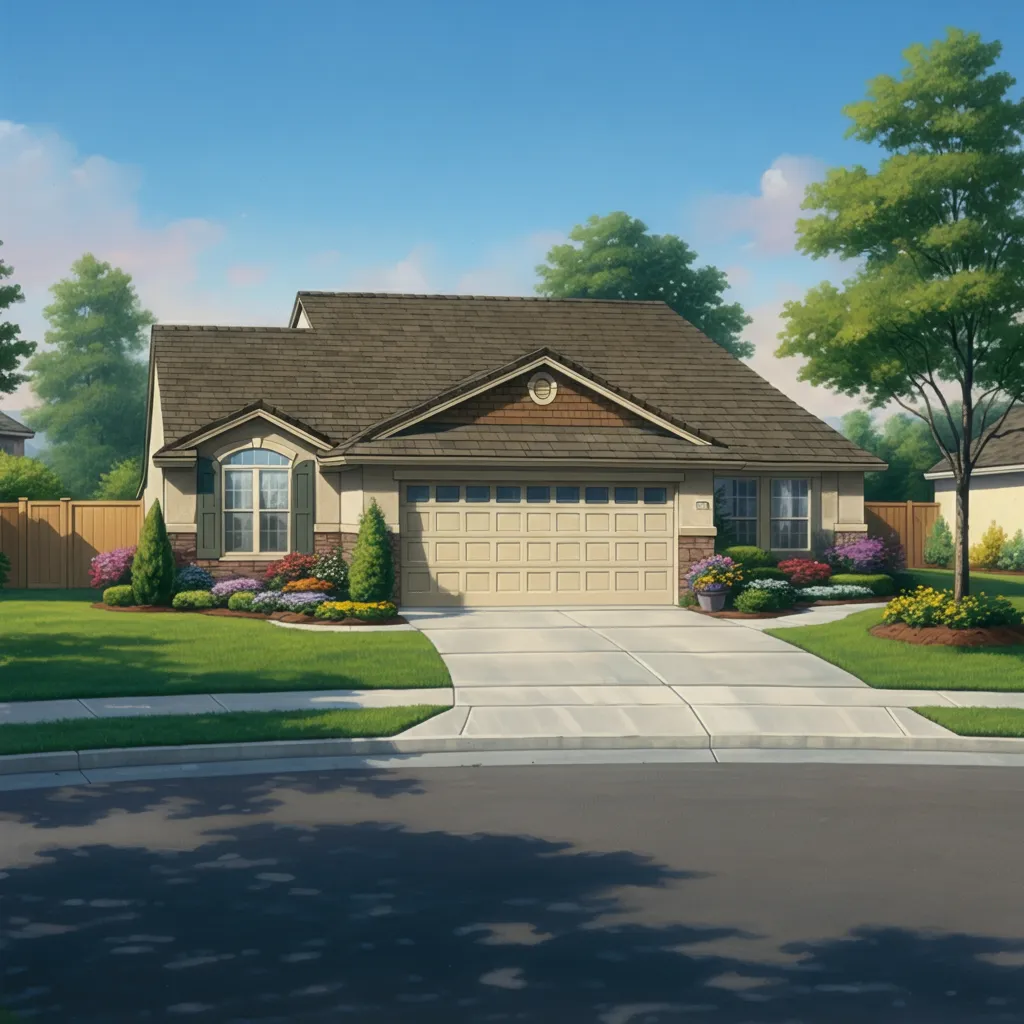
When it comes to choosing the perfect roofing material for your home, tile roofing is hard to beat. Known for its longevity, durability, and timeless aesthetic appeal, tile roofs can outlast most other roofing materials by decades—if not centuries.
But how long does a tile roof actually last? That depends on the type of tiles, the quality of installation, maintenance practices, and even your local climate. This guide will break down everything you need to know, including different tile types, factors affecting longevity, maintenance tips, and real-world examples to show how tile roofing can stand the test of time.
Types of Tile Roofs and Their Lifespans
Not all tile roofs are created equal. The type of tile you choose will have a significant impact on how long your roof will last. Here’s a look at the most common types, their lifespans, and their unique characteristics.
Clay Tile Roofs
- Average Lifespan: 75 to 100 years (and sometimes longer!)
- Why They Last:
- Clay tiles are baked at high temperatures, making them incredibly durable.
- Resistant to rot, mold, and insect damage.
- Color doesn’t fade over time because the material is naturally pigmented.
- Benefits:
- Perfect for hot climates as they don’t absorb heat.
- Low maintenance due to their natural resilience.
Concrete Tile Roofs
- Average Lifespan: 50 to 70 years.
- Why They Last:
- Made from sand, cement, and water, these tiles get stronger over time as they continue to cure.
- Resistant to fire, wind, and impact damage.
- Benefits:
- More affordable than clay tiles.
- Available in a wider range of colors and designs.
Slate Tile Roofs
- Average Lifespan: 75 to 200 years.
- Why They Last:
- Slate is a natural stone that’s incredibly dense and built to last.
- Highly resistant to weathering and extreme temperatures.
- Benefits:
- Premium, luxurious look.
- Virtually maintenance-free for decades.
Factors Influencing Tile Roof Longevity
While tile roofs are known for their durability, their actual lifespan can vary depending on several factors. Here’s what impacts how long your roof will last:
1. Climate and Weather Conditions
- Impact:
- Extreme weather like hurricanes or heavy snow can wear tiles down over time.
- Freeze-thaw cycles in colder climates can cause cracking in tiles.
2. Quality of Installation
- Why It Matters:
- Poor installation can lead to structural weaknesses, leaks, or uneven tiles.
- Professional installation ensures proper underlayment and secure tiles, both of which are critical for longevity.
3. Maintenance Practices
- Routine Care:
- Regular inspections can catch minor issues (like cracked tiles) before they escalate.
- Neglecting maintenance can shorten a roof’s lifespan significantly.
4. Material Quality
- High vs. Low Quality:
- Higher-quality tiles will withstand the elements better and retain their structural integrity over time.
5. Roof Pitch
- Why It’s Important:
- A steeper roof pitch allows for better water drainage and reduces the risk of water pooling, which can compromise the roof’s underlayment.
Maintenance Tips to Extend Tile Roof Lifespan
Proper maintenance is the key to ensuring your tile roof reaches—or even surpasses—its expected lifespan. Here’s how to keep it in top shape:
1. Regular Inspections
- Check for cracked, loose, or missing tiles at least once a year.
- Hire a professional roofer for a thorough inspection every few years.
2. Cleaning and Debris Removal
- Keep the roof free of dirt, leaves, and debris to prevent moisture buildup and mold growth.
3. Gutter Maintenance
- Clean gutters regularly to ensure proper drainage and avoid water pooling on the roof structure.
4. Prompt Tile Replacement
- Replace cracked or broken tiles immediately to prevent leaks and water damage to the underlayment.
5. Trim Overhanging Branches
- Cut back branches that could damage tiles during storms or drop debris onto the roof.
Real-World Examples of Tile Roof Longevity
Historical Buildings with Tile Roofs
Many historical structures in Europe feature tile roofs that have lasted well over 100 years. For example:
- The Old Cathedral in Salamanca, Spain has clay tiles that date back to the 12th century, showcasing the durability of this material.
Modern Homes
Take the example of a home in Florida where a concrete tile roof installed in the 1950s is still going strong today. Thanks to regular maintenance, it has provided over 70 years of reliable protection.
Comparing Tile Roofs to Other Roofing Materials
How do tile roofs stack up against other common roofing materials? Here’s a quick comparison:
Asphalt Shingles
- Lifespan: 25 to 30 years.
- Pros:
- Affordable upfront costs.
- Widely available in various colors.
- Cons:
- Susceptible to extreme weather.
- Need frequent repairs or replacement.
Metal Roofs
- Lifespan: Up to 70 years.
- Pros:
- Lightweight and energy-efficient.
- Durable and resistant to fire.
- Cons:
- Higher upfront costs.
- Prone to denting from hail or falling branches.
Wood Shingles
- Lifespan: 25 to 30 years.
- Pros:
- Natural, rustic aesthetic.
- Environmentally friendly.
- Cons:
- Requires frequent upkeep to prevent rot or insect damage.
- Not ideal for areas with high humidity or fire risk.
Why Tile Roofs Are Worth the Investment
A tile roof isn’t just a practical choice—it’s an investment in the beauty and longevity of your home. By choosing the right type of tile, ensuring professional installation, and committing to regular maintenance, you can enjoy decades (or even centuries) of reliable performance.
If you’re considering a tile roof for your home or need advice on maintaining your existing one, contact a professional roofing contractor today. A well-cared-for tile roof is more than a roof—it’s a legacy.


